Arkadiusz Trawiński
Institute of Theoretical Physics,
Faculty of Physics,
University of Warsaw,
Warsaw, Poland
| contact: | Dr. Arkadiusz P. Trawiński |
| e-mail: | |
| www: | http://www.fuw.edu.pl/~trawinski/ |
Project sponsor: The Foundation for Polish Science,
Project number: 2014/15/N/ST2/03451 (in Polish only)
Principle investigator: Dr. Arkadiusz P. Trawiński, University of Warsaw
Scientific advisor: Prof. Stanisław D. Głazek, University of Warsaw
Time of realization: from Jun 20, 2015 to Jan 19, 2017
Examination of the proton light-front wave function
The model of proton built from two up quarks, u1 and u2, and one down quark, d3, was studied as part of the PRELUDIUM project. Following the Ref.[1] the state of the proton of momentum P and a spin σ is defined as,
.png)
where Ioffe currents [2] are denoted by Ik. The scalar function f for quarks of the same mass m reads,
.png)
Using this triquark model, the quark-diquark model of proton has been derived [3]. In the first step, momenta piT and pi+ had been expressed by relative momenta, pT and kT, as well as by ratios of longitudinal momenta x and y. In our notation kT is inner momentum of a diquark and pT is momentum between an active quark and the diquark. In the second step, one had to integrate over all inner degrees of freedom of diquark. Finally it leads to the quark-diquark wave function characterized by the width $\varkappa$.
For m = 308 MeV, ϰ = 310 MeV and a1 = 1.944, a2 = -0.279, a3= -4.112, it has been found that: proton magnetic moment is μ = 2.59, where experimental data form PDG gives <μ> = 2.79; proton electric radius is rE2 = 20.94 GeV-2, where <rE2> = 19.15 GeV-2; proton magnetic radius is rM2 =15.30 GeV-2, where <rM2> = 15.05 GeV-2. For these parameters an agreement between calculated electric and magnetic form factor and corresponding experimental data has been found, see Fig.1. Moreover, we have calculated the wave function square, see Fig.2 and the unpolarized distribution of up and down quarks, see Fig.3.
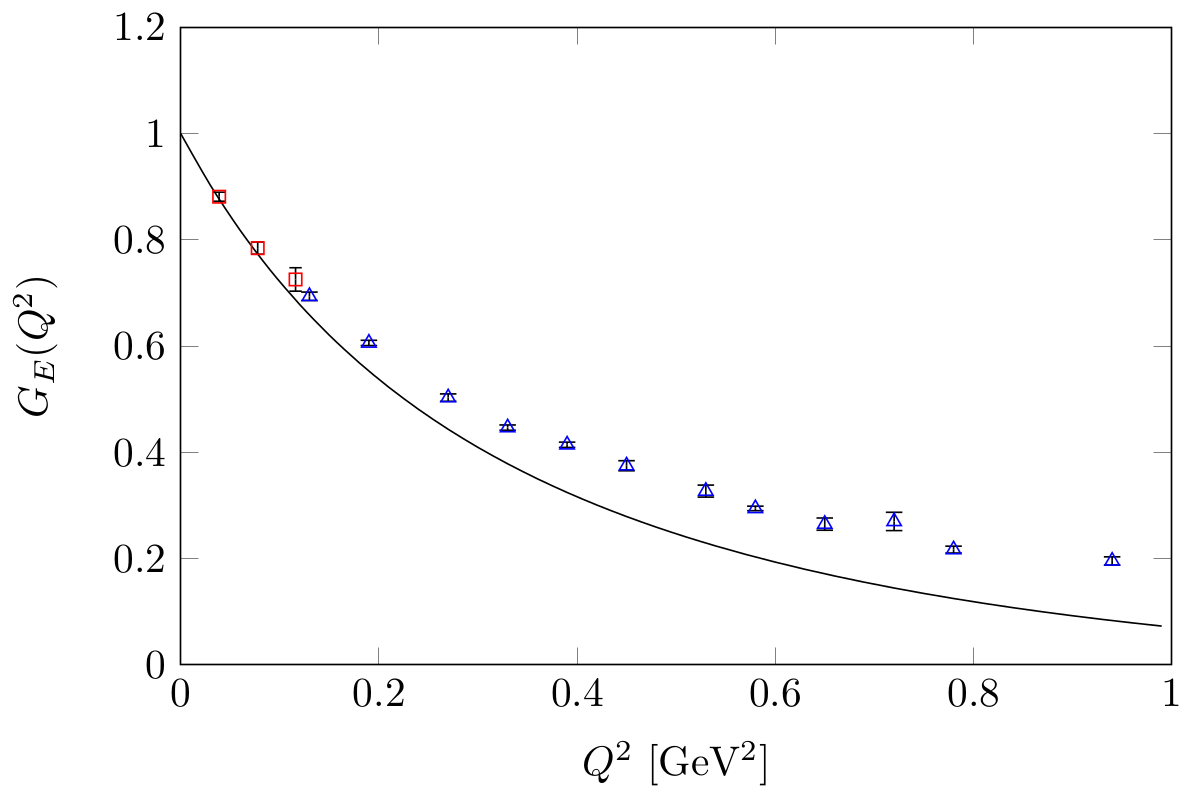 |
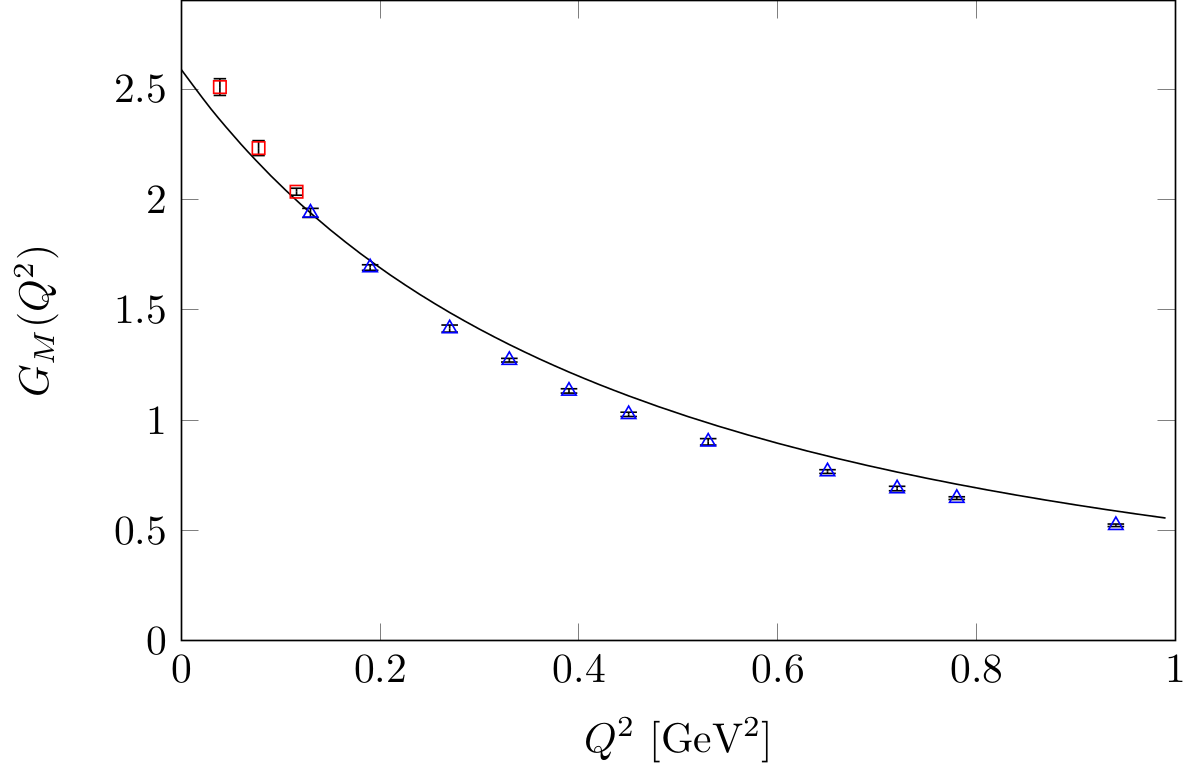 |
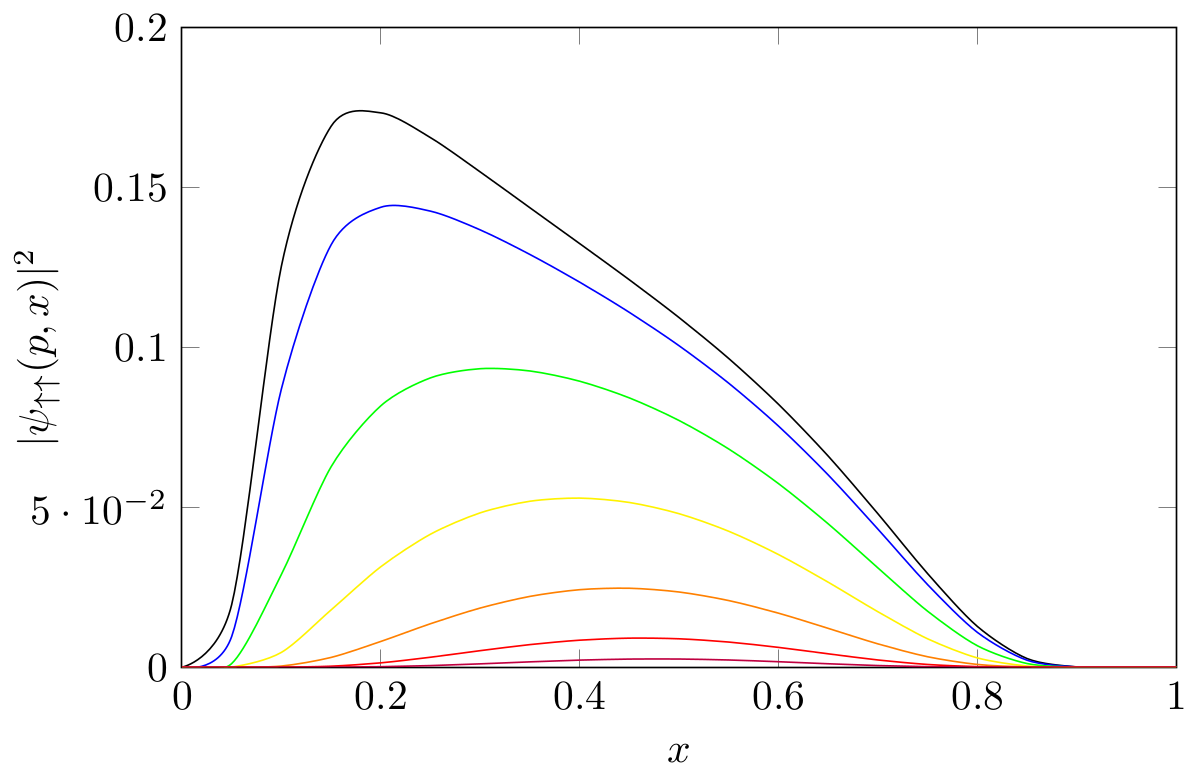 |
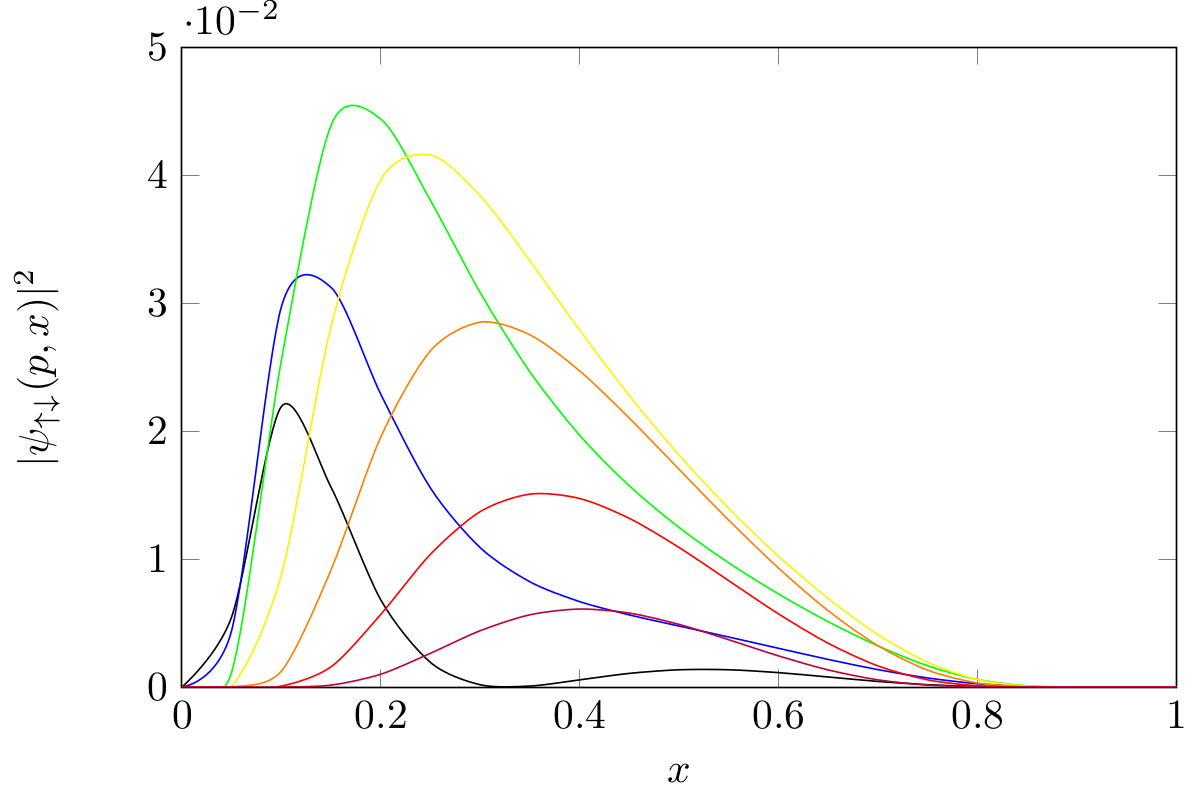 |
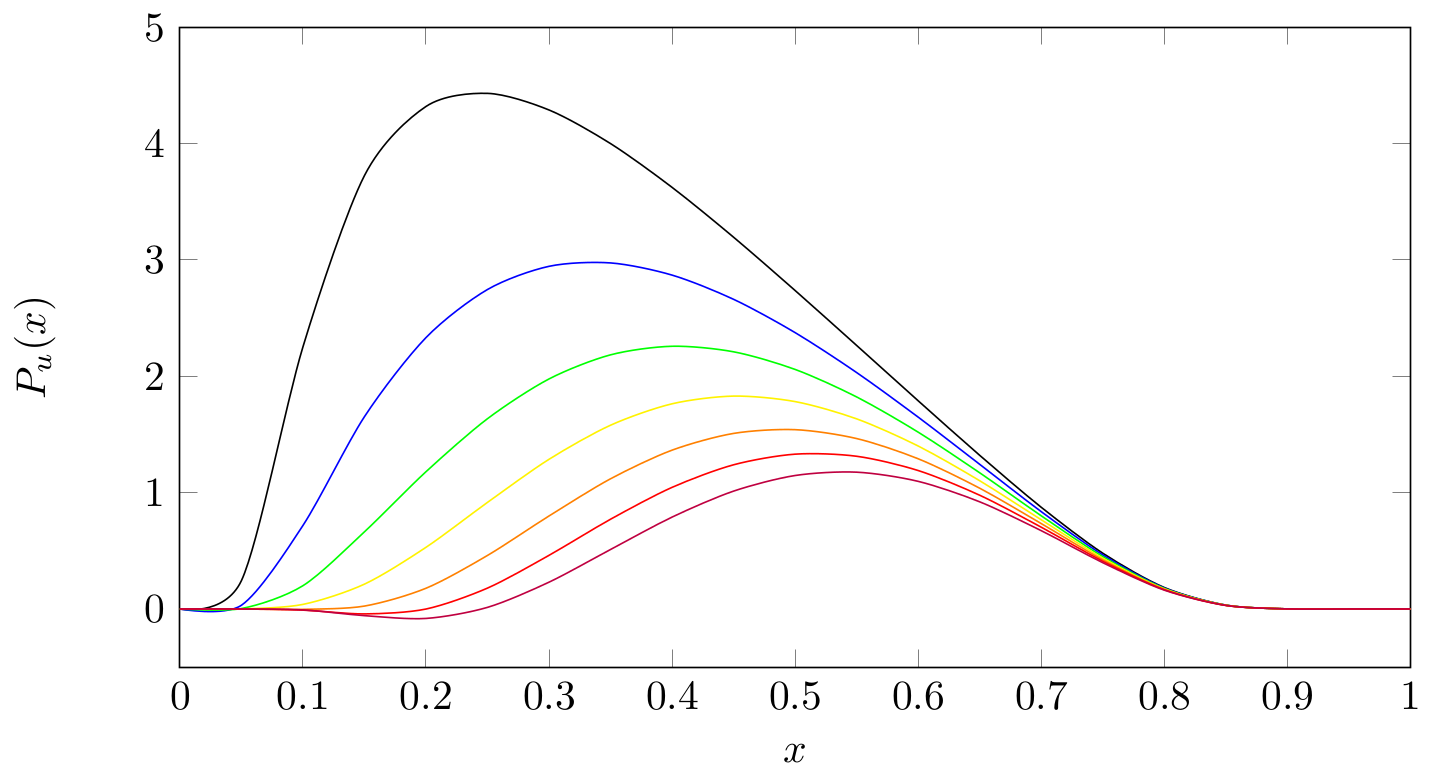 |
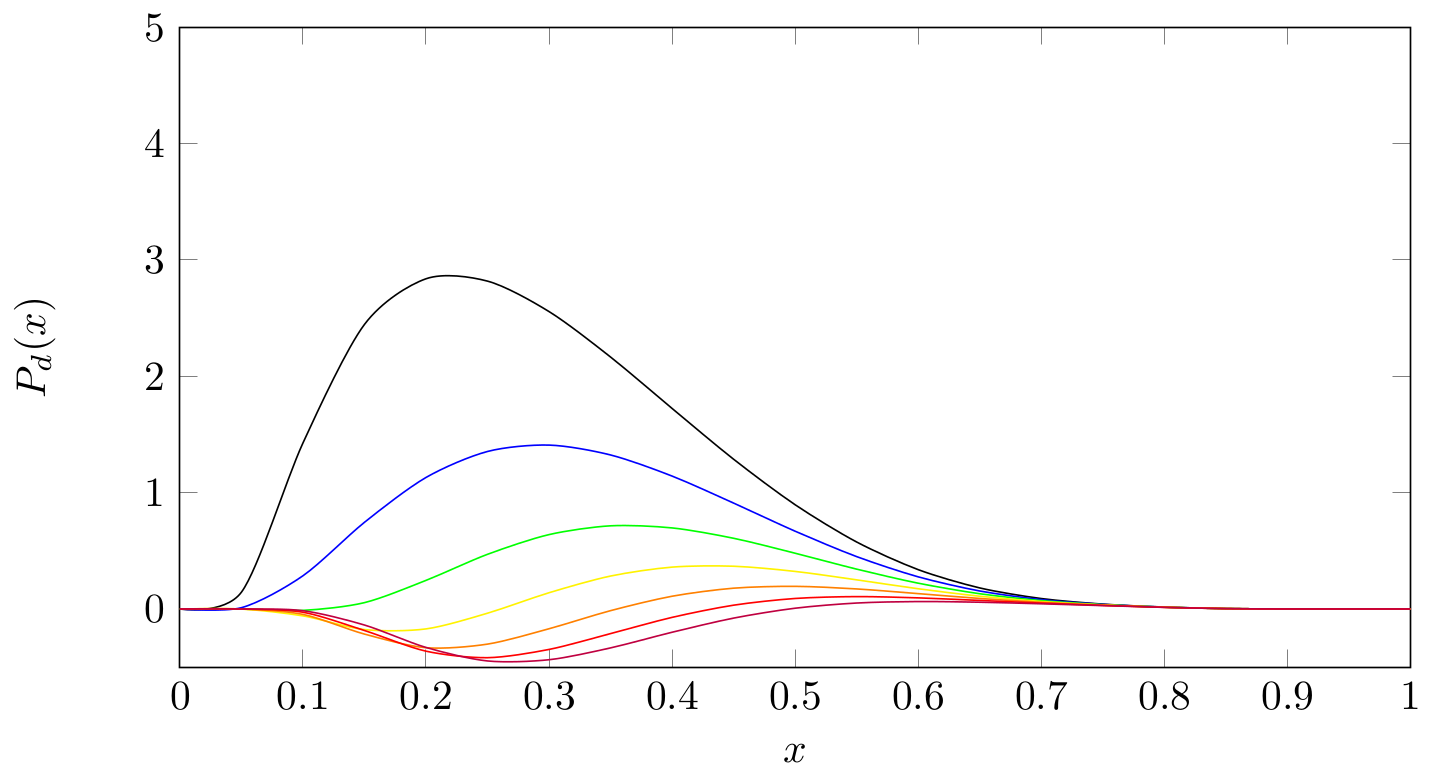 |
References:
[1] Stanisław D. Głazek and J.M. Namyslowski, Act.Phys.Pol. B19, 569 (1988)
[2] B.L. Ioffe, Nucl.Phys. B188, 317 (1981)
[3] Stanisław D. Głazek and Arkadiusz P. Trawiński, Phys.Rev. D88, 105025 (2013)
[4] B. Dudelzak, G. Sauvage, and P. Lehmann, Nuovo Cim. 28, 18 (1963)
[5] L. E. Price, J. R. Dunning, M. Goitein, K. Hanson, T. Kirk, and R. Wilson, Phys. Rev. D4, 45 (1971)
